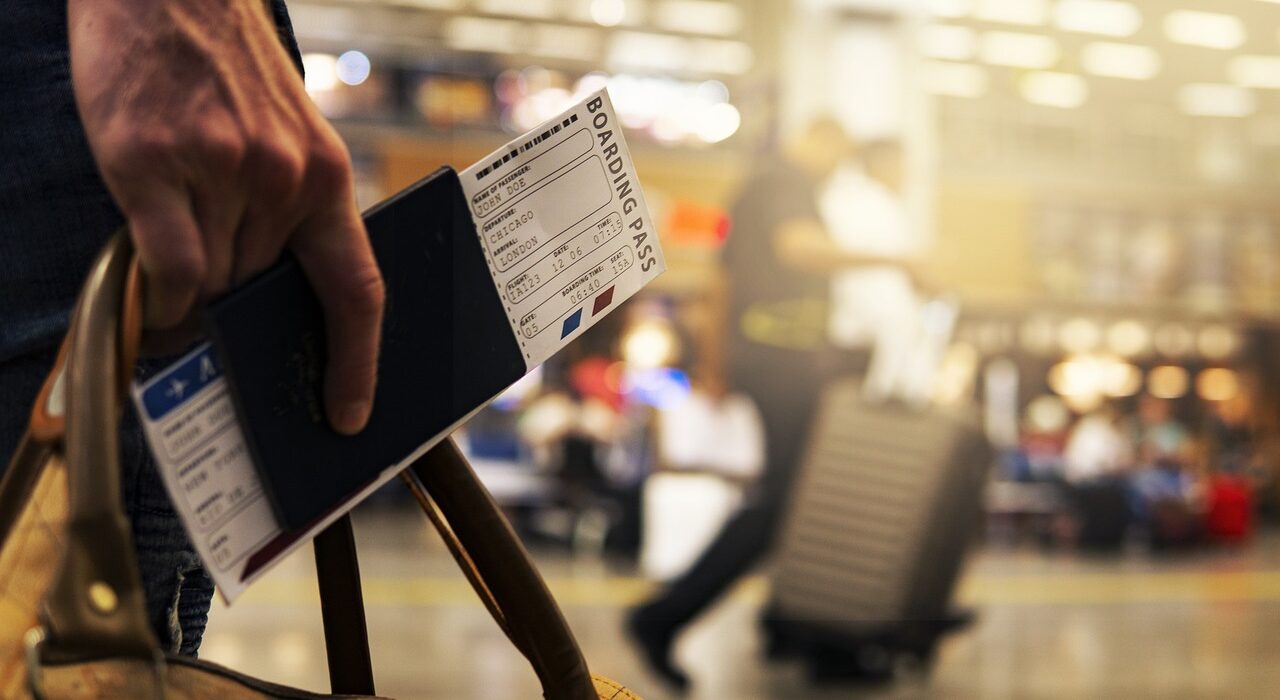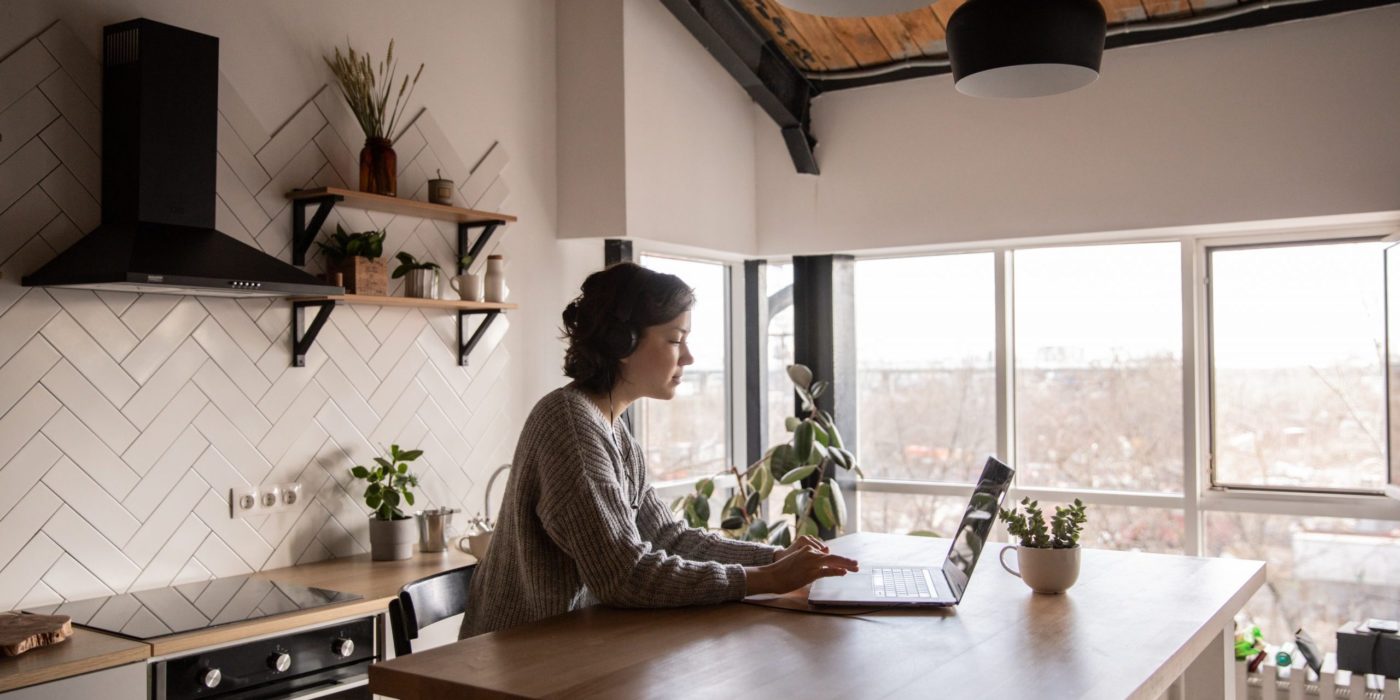5 Reasons why foreign investors should consider investing in Spain’s real estate market
Spain is a popular tourist destination, but it’s not just the beaches and culture that are drawing in visitors. Spain’s real estate market is also booming, making it an attractive option for foreign investors looking to diversify their portfolios. In this article, we’ll explore the top 5 reasons why foreign investors should consider investing in Spain’s real estate market.
- Reason 1: Favorable Economic Climate Spain’s economy is bouncing back after the 2008 financial crisis, with GDP growth rates of 2.4% in 2019 and 6.5% in Q2 2021. The country has also implemented several economic reforms, making it easier for foreign investors to do business in Spain. The real estate market is benefiting from these positive economic developments, with property prices rising steadily over the last few years.
- Reason 2: Attractive Rental Yields Spain’s real estate market offers attractive rental yields for investors. According to a report by Global Property Guide, rental yields in Madrid and Barcelona are around 4%, higher than other popular European cities like Paris and London. This makes investing in Spanish property an attractive option for those looking for passive income streams.
- Reason 3: Golden Visa Program Spain’s Golden Visa Program allows non-EU investors to obtain residency permits by investing in Spanish property. This program has been a big draw for foreign investors, especially those from countries with limited visa-free travel options. By investing in Spanish real estate, investors can not only gain residency but also benefit from potential capital gains in the long term.
- Reason 4: Diverse Real Estate Market Spain’s real estate market is diverse, offering investors a range of options from coastal apartments to rural villas. Whether you’re looking for a holiday home or a long-term rental property, Spain has something for everyone. This diversity also means that there are opportunities for investors to find properties at various price points, making it accessible to a wider range of investors.
- Reason 5: Low Interest Rates Spain’s low interest rates have made it easier for investors to finance their real estate purchases. The European Central Bank has kept interest rates low to stimulate economic growth, making it cheaper for investors to take out mortgages. This is good news for investors looking to take advantage of Spain’s attractive real estate market without having to pay high financing costs.
FAQs:
Q: Are there any restrictions on foreign investment in Spanish real estate? A: No, there are no restrictions on foreign investment in Spanish real estate.
Q: Can I invest in Spanish real estate without visiting Spain? A: Yes, you can invest in Spanish real estate remotely. However, it’s recommended that you work with a reputable real estate agent or lawyer to help you navigate the legal and financial aspects of investing in Spain.
Q: Are there any tax implications for foreign investors in Spanish real estate? A: Yes, foreign investors may be subject to Spanish taxes on their rental income and capital gains. It’s important to consult with a tax professional to understand your tax obligations.
Conclusion
Spain’s real estate market has a lot to offer foreign investors, from favorable economic conditions to diverse property options. With attractive rental yields, a Golden Visa Program, and low interest rates, there has never been a better time to consider investing in Spain’s real estate market. If you’re thinking of investing in overseas property, Spain should definitely be on your list.







